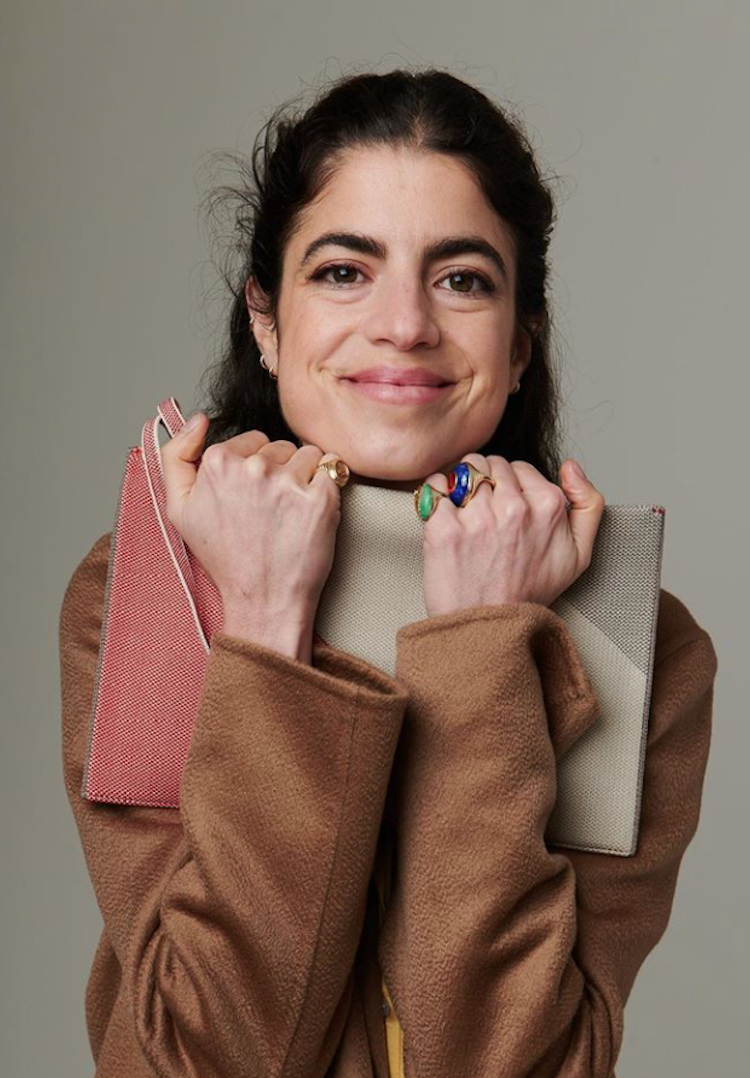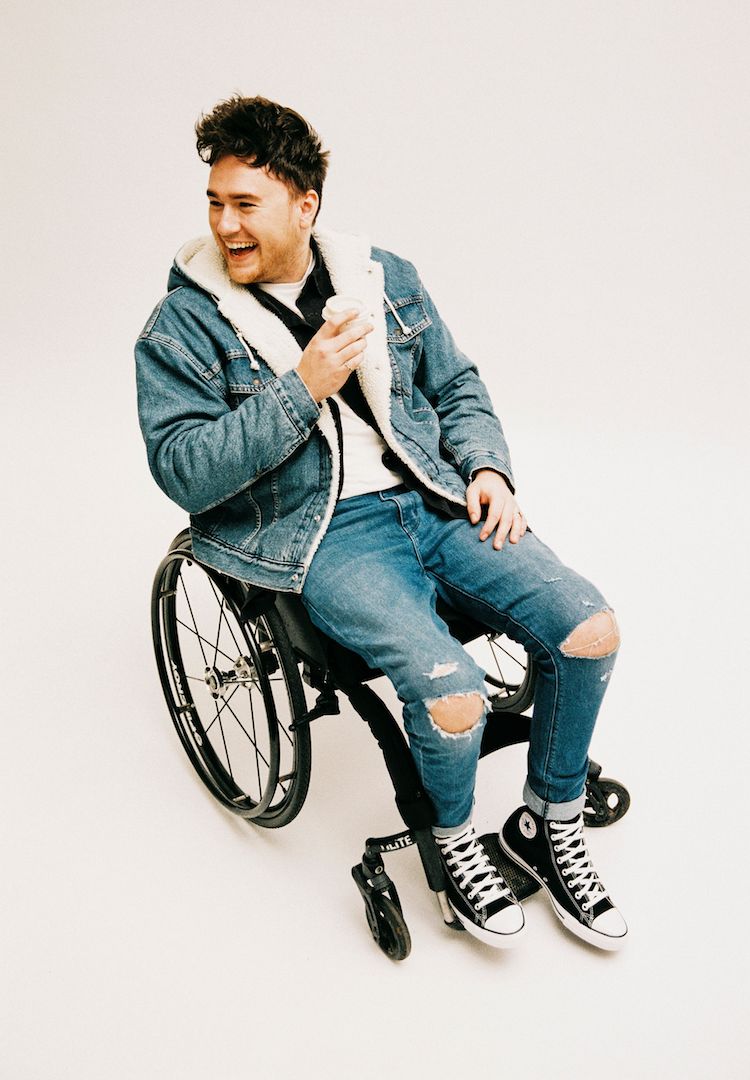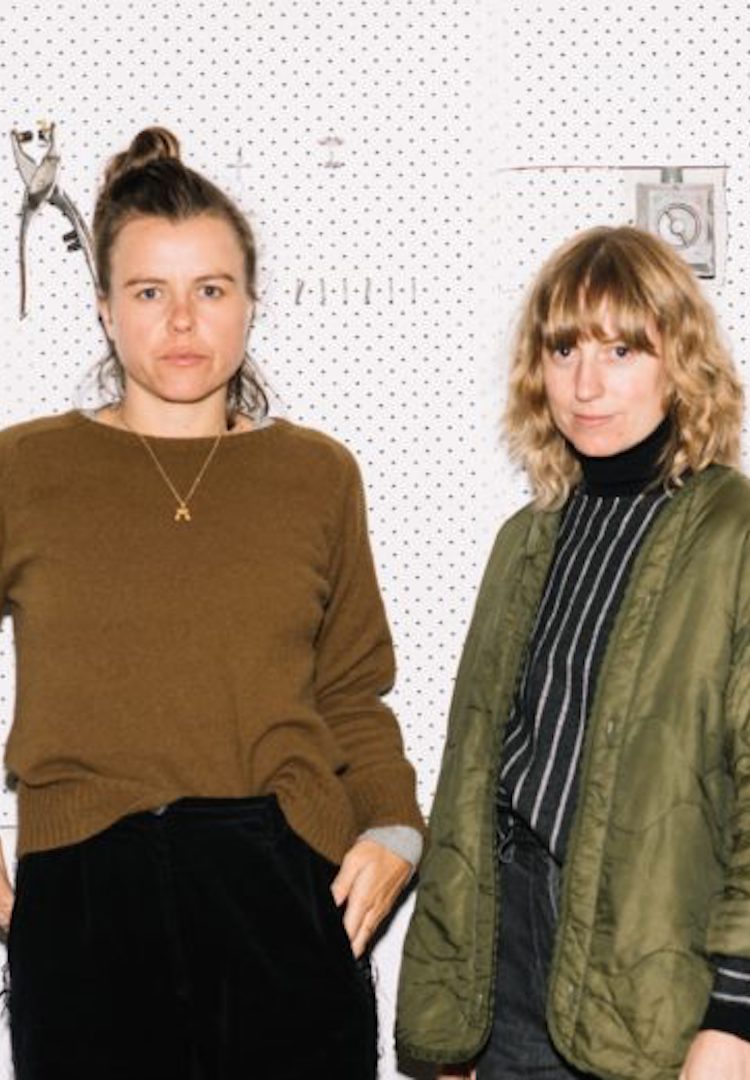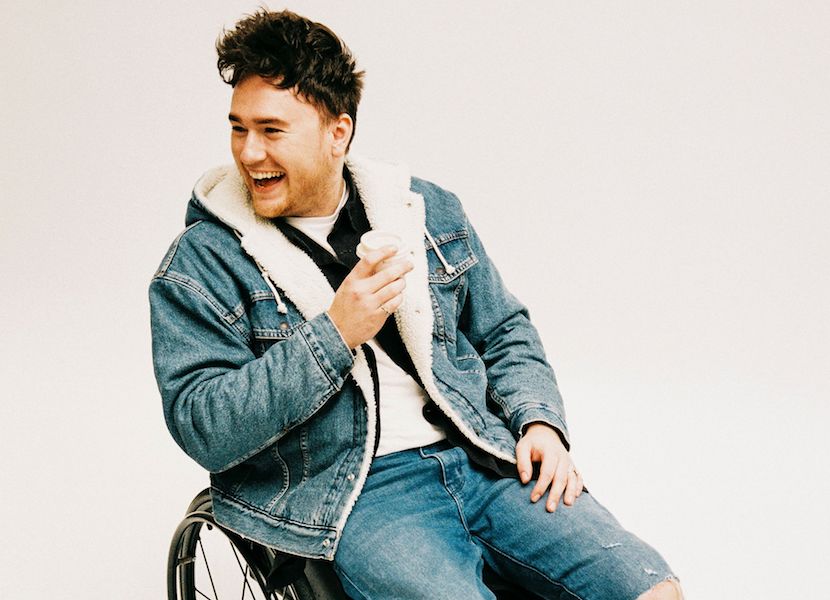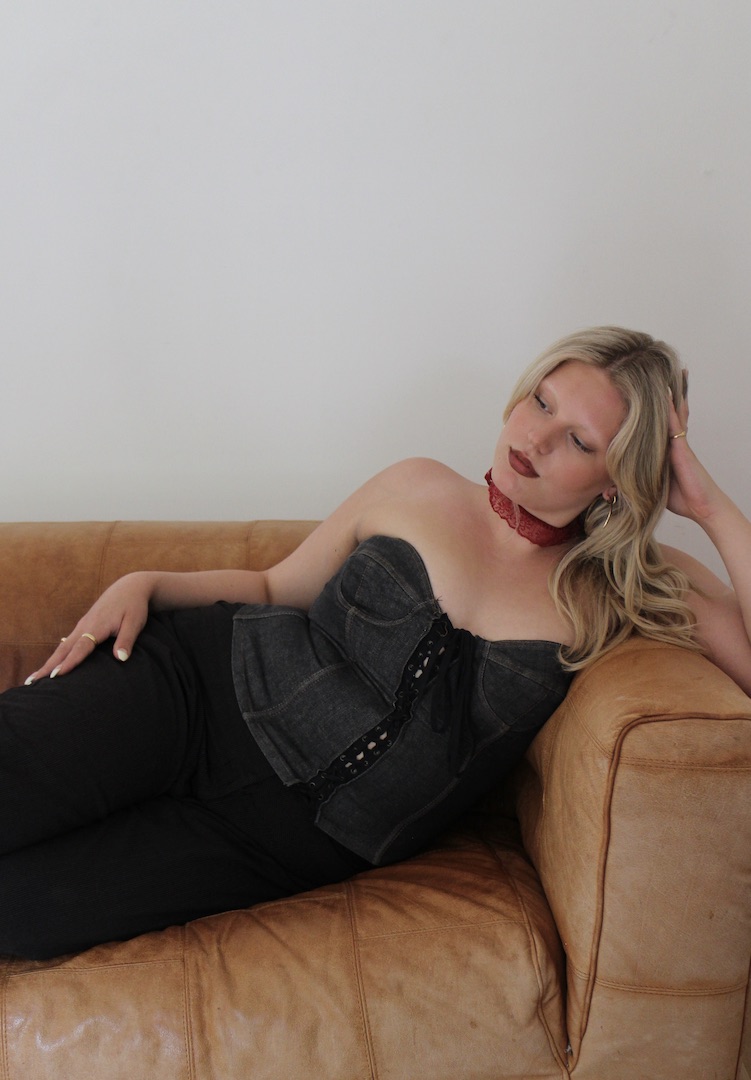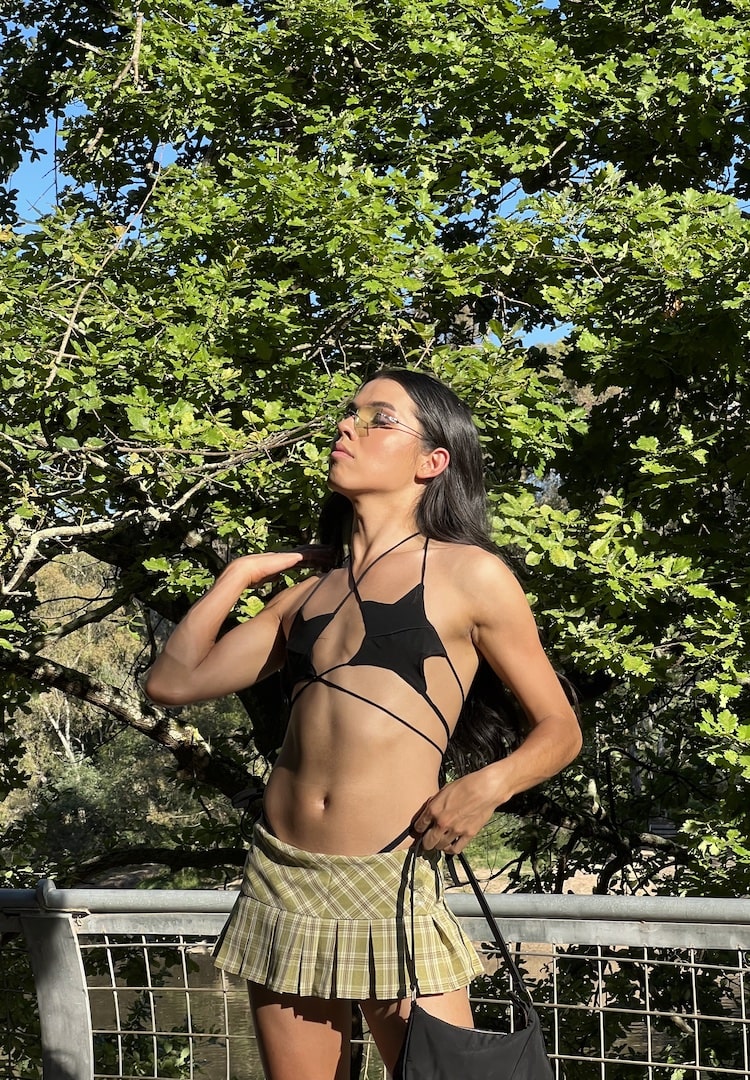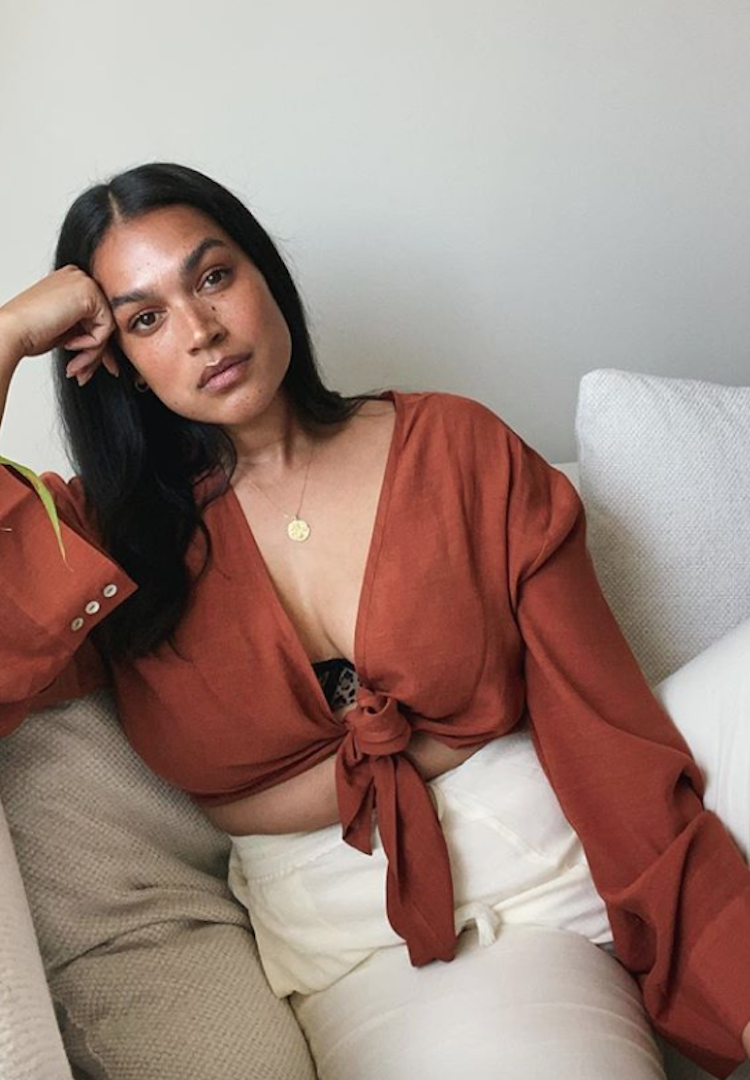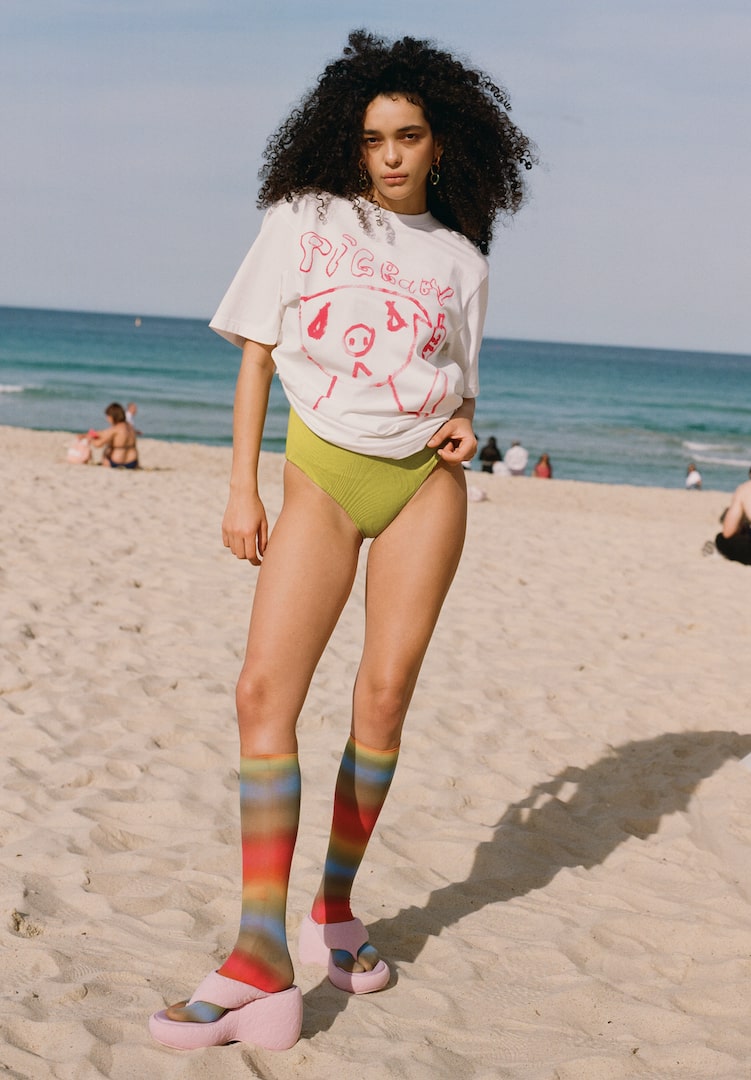Should the Australian fashion industry implement diversity quotas?
PHOTOGRAPHY BY SAM WONG
WORDS BY JASON CLYMO
Are diversity quotas necessary, or damaging and inauthentic?
Diversity in the fashion industry and mainstream media is often talked about and advocated for. Brands and magazines are likely to get in on the action and have a “diversity campaign” or feature a “diversity issue”. These attempts usually fall short, as the disabled community is almost always forgotten and excluded.
Additionally, these attempts at inclusion are often criticised as being tokenistic. If a brand or magazine was truly investing in representing diversity – AKA all people – why would they not do this year-round? They clearly recognise that it’s the right thing to do. Plus, there’s the financial potential of including and marketing to all people, so why aren’t they doing it consistently?
As an activist and model with disability, I’m constantly asking this question. My personal experience is that it often comes down to supply and demand. For example, very few Indigenous models or models with disability are represented by modelling agencies because very few clients are hiring them. On the flip side, many clients find it difficult to hire Indigenous models or models with disability because very few agencies have signed any. So how do we fix the cycle?
One solution is to introduce diversity quotas, to ensure that there is both supply and demand for so-called “diverse models”. I personally find quotas to be problematic – I’ll explain more about why at the end of this article. However, considering this topic is based on diversity, it is clearly important to get a range of opinions from other professionals in the field.
Mahalia Handley
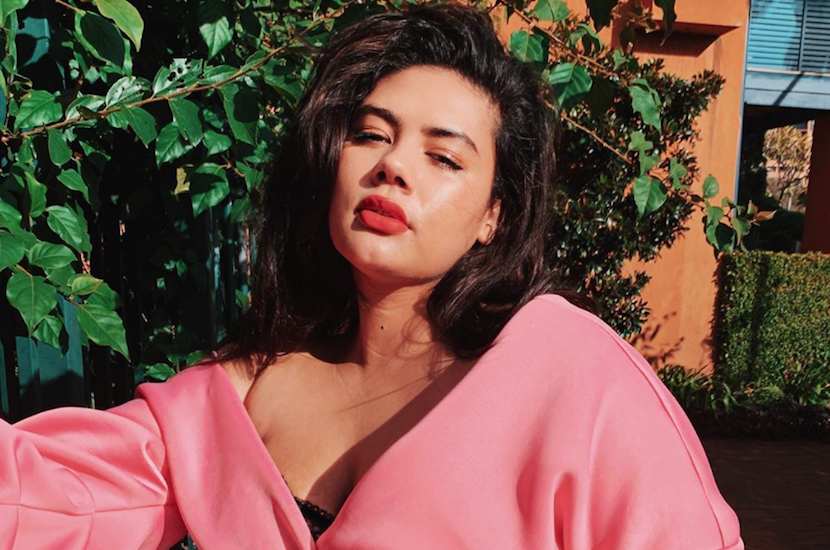
Image via Instagram
Mahalia Handley is an international model and activist hailing from Darwin and living between Sydney and New York. Mahalia also co-founded Shine 4 Diversity, a platform which aims to shine a light on topics, stigmas and conversations surrounding race and diversity. Shine 4 Diversity educates through imagery, mini-documentaries and by providing resources to further implement change
“I believe diversity quotas should be implemented in fashion and media. I have been kicking the hornet’s nest about this exact issue for 10 years, and the lack of positive response is very frustrating. It’s so obvious and disappointing when a company makes a campaign that is just a box-tick for diversity and not genuine inclusion.
“Right now we’re witnessing the industry do a 180, as they have started talking about making diversity and inclusion a priority. To be honest, I’m feeling pretty gaslit considering I have been openly deemed “too angry and unhireable” for having those exact conversations publicly in the past.
“I find it hard to believe that these companies are truly going to change their ways, considering their patterns of exclusion. Many have simply posted a one tile open statement on their Instagram, which is seemingly becoming the new standard for inclusion. It’s painful to think these companies are being celebrated when many individuals and a handful of companies have been championing this movement for years.
“Personally, I want to believe the fashion and media industry will change, but I am doubtful. For myself (and I presume others), it’s about finding a way for this change to be held accountable in six to 12 months time. I believe setting diversity quotas that must be adhered to, gives us just that. In my opinion, if companies really care the way they claim to, they won’t feel challenged by including more diverse representation – they’ll just make it happen.“
Ashleigh Atkins

Image via Instagram
Ashleigh Atkins is a 24-year-old white woman with diagnosed mental health disorders. She is a plus-size model and a passionate advocate of body acceptance and mental health awareness
“I’m really torn on this topic. On the one hand, it’s 2020 and we need to be showing diversity in advertising if we want diversity in society to be more widely accepted and celebrated. But on the other hand, I think it’s important to know which companies genuinely respect and celebrate minorities and which do not. That way these minorities can make educated decisions on where to spend their money and which organisations to support.
“Companies shouldn’t be profiting off minority groups if they don’t respect or appreciate what these people bring to society. I think quotas would cloud this because all companies would be representing in some way or another, but their intentions could remain hidden.”
Robyn Lambird
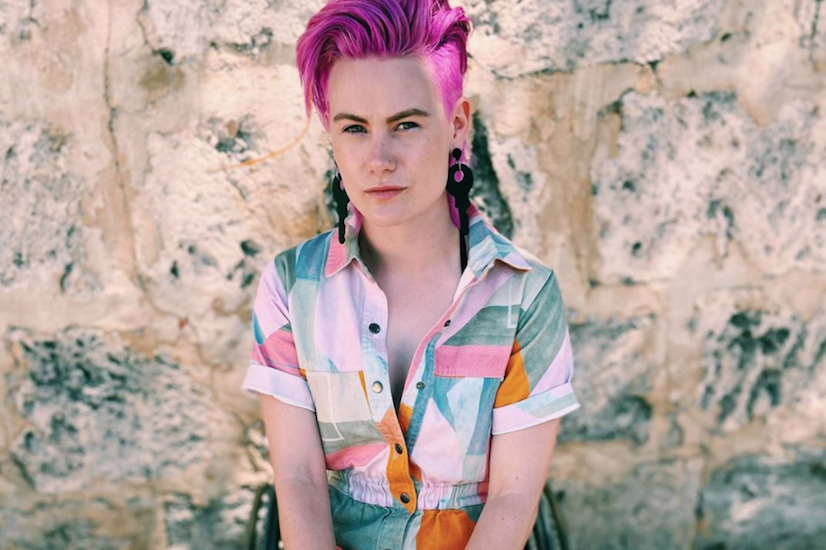
Image via Instagram
Robyn Lambird is a nonbinary disability advocate and elite para-athlete. As a content creator through social media, they aspire to bring disability issues into the spotlight and to challenge negative societal perceptions. They believe that increased representation of people with disabilities can help pave the way for a more understanding and inclusive society, and they are passionate about using their social media presence to play a part in creating that change
“I have mixed feelings about quotas, to be honest. Obviously I feel that we desperately need more adequate representation, but I think it should be authentic and not just for the sake of hitting numbers. I believe it should be done with the engagement of the community, otherwise, it can come across tokenistic and you can end up with a situation where only certain individuals and certain types of disability are represented.”
Kimberly Holiday-Coleman
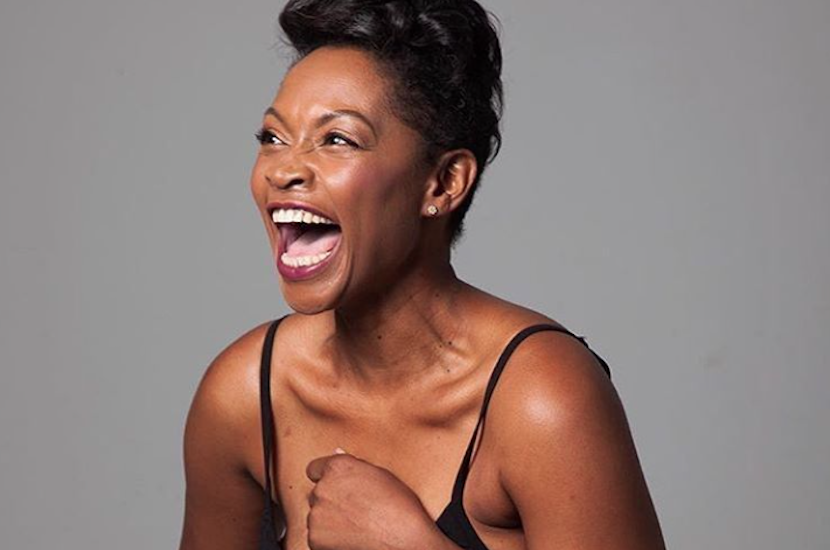
Image via Instagram
Kimberly Holiday-Coleman is a native Texan who was diagnosed with stage 2 colorectal cancer and now uses her voice to create awareness of colorectal cancer and remove the stigma around ostomies. Kimberly’s fervour for life has culminated in her becoming a published author, international model, motivational speaker and burlesque performer
“I do not believe quotas are the answer to increasing representation for people of colour (POC). Racial quotas can be problematic because the decision to cast or hire POC would then come from a disingenuous place. Thereby, further increasing the alienation and non-acceptance for POC based on skin tone or race. In the nineties, I was a model in San Francisco and diversity quotas were implemented. At first, it seemed that this was going to be a good thing because people like myself were beginning to be sent out to more auditions and casting calls.
“However, it quickly became apparent that casting directors, talent managers and clients had found a way to skirt the system. To be in regulation with the “hiring quotas”, all they had to do was simply invite POC to the casting calls and it was recorded as fulfilling the quota. As a result, myself and other POC talent would waste hours mentally preparing for auditions and learning lines. We also wasted money going to these casting calls, only to realise that the intention was never to hire us, only to meet the quotas. This obviously became quite frustrating and saddening.
“Rather than implement quotas, I think ad agencies need to be educated on the value they could receive by being inclusive of Black people and POC. According to the Nielsen 2018 study, Blacks spend over $1.2 trillion dollars annually. Clearly, representation plays an important role in body image and inclusion in our communities and other industries. However, that figure of $1.2 trillion alone should be enough to open the industry’s eyes, minds, and ad dollars for African-American/POC talent.
“It would also behove agencies and bookers to realise that implicit biases poison the well for everyone, not just POC talent. We should be more than an afterthought or simply a number to fill the quota. Heck, all the rhetoric aside, treat us the same as all of the other actors/models and let our talent speak for itself, the dollars will follow. #wakandaforever”
Jason Clymo
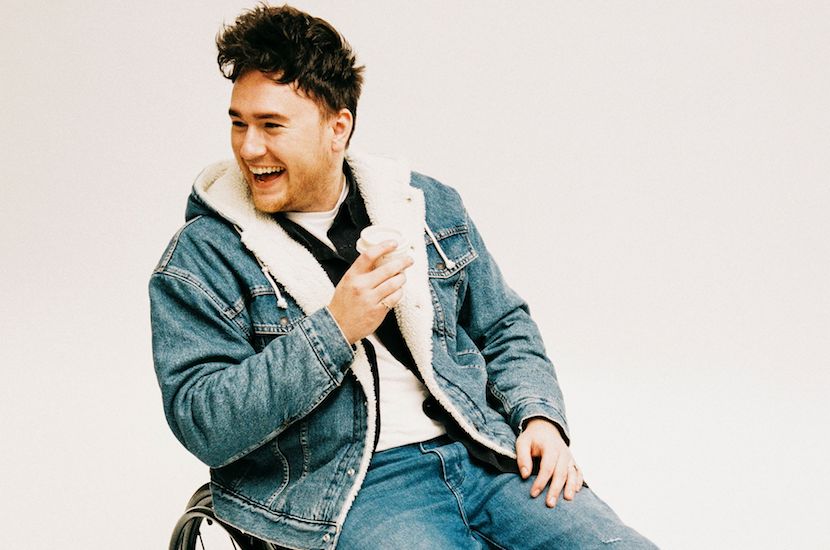
Jason Clymo is a 25-year-old queer, white man with disability. He is a model and activist and is incredibly passionate about representing people with disability in a genuine and intersectional way. Jason is also the co-director of J2 Content Creation
“On one hand, I agree that quotas could help fix the issue of exclusion and lack of representation. On the other hand, it will almost certainly result in another issue – tokenism. If brands and agencies are forced to represent diversity by quotas, their motivation to be inclusive will be driven by ‘ticking the box’. This will likely result in the misrepresentation of marginalised communities, as the time hasn’t been taken to understand how to be authentically inclusive.
“Another issue I imagine would arise is that representation wouldn’t be intersectional. If a quota states that 10 per cent of models hired for campaigns need to be people with disability, then what’s stopping the brand from only representing white, cisgender, heterosexual people with disability?
“Without proper education and understanding, brands are likely to continue prioritising and valuing certain communities over others. True inclusion is intersectional, and I don’t believe quotas can create this – especially if they’re implemented without real education and engagement with marginalised communities.

